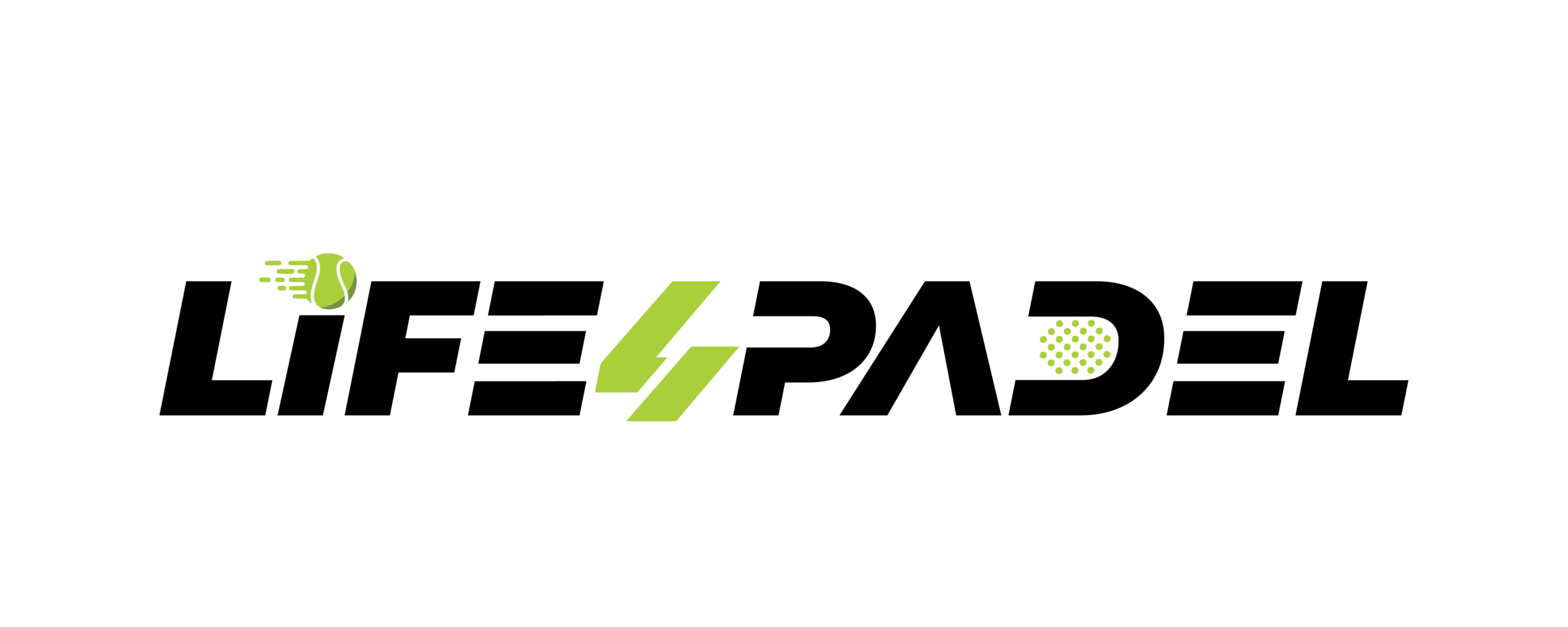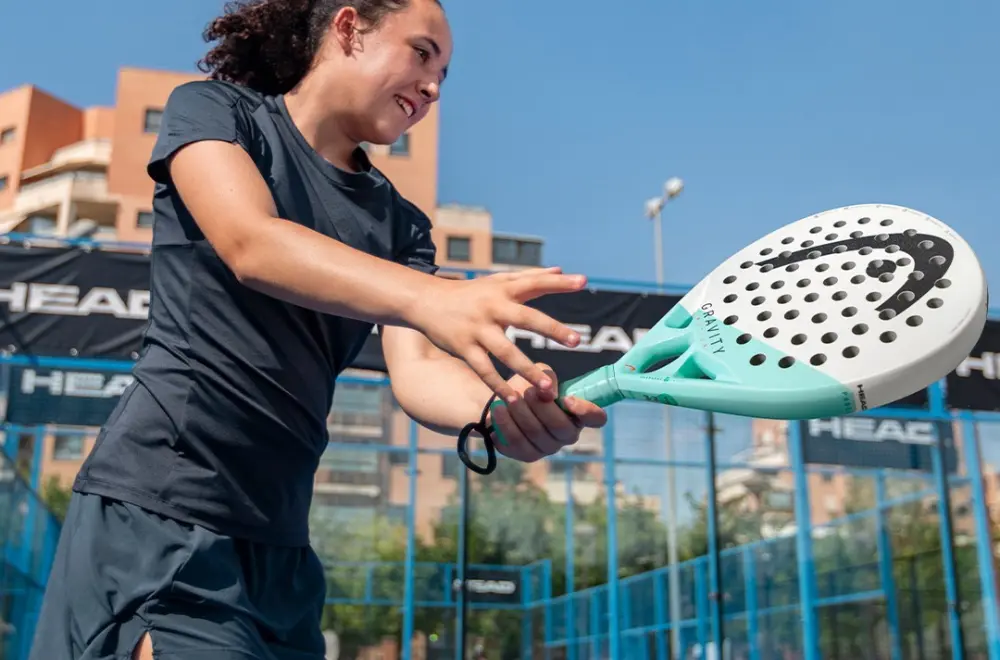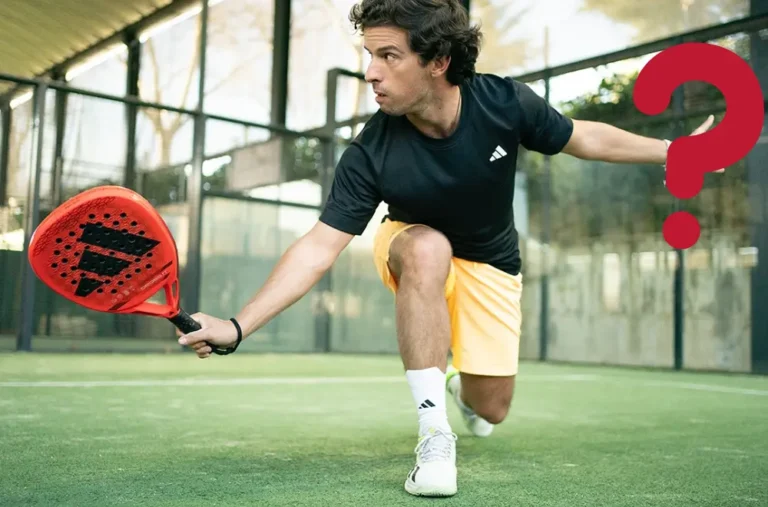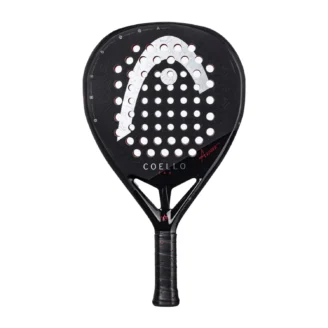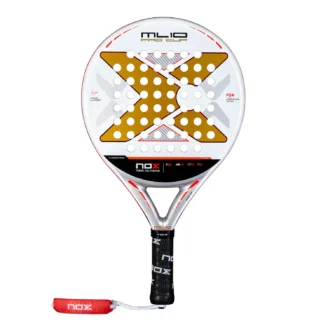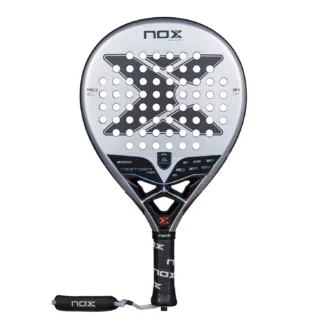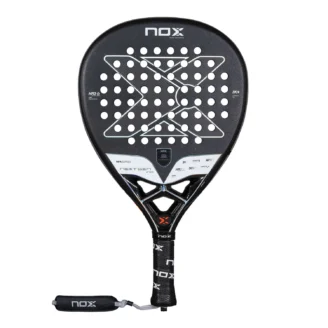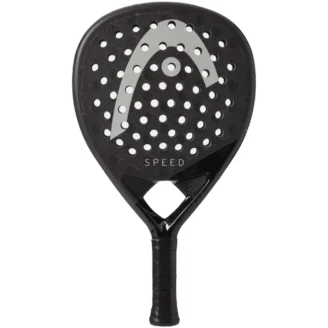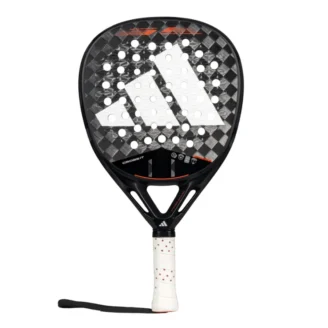What kind of beginner are you?
Not all beginners are the same. If you’re completely new to racket sports, go for a forgiving, comfortable and easy-to-handle racket—that’s exactly what beginner-friendly models are designed for!
But if you’ve played tennis, squash, pickleball, or any other racket sport, you might want a bit more power and precision—and that’s totally fine. In that case, you can aim for a model designed for more advanced players.
And if you were an elite-level player in another racket sport? You might already be ready for a pro model!
Racket shapes: what’s the difference?
Let’s keep it simple (if you want all the details, check our post about hybrid shapes here). Padel rackets come in three main shapes:
- Round – The easiest to control, with a big sweet spot. Ideal for beginners, defensive players, and those looking to protect their joints.
- Teardrop – A balance of power and control. A great choice if you’ve played racket sports before or have an all-around playing style.
- Diamond – Designed for power and precision but harder to control. Not beginner-friendly—unless, of course, you already have years of racket sport experience.
Don’t underestimate weight and balance
A racket’s weight and balance have a huge impact on how it plays. A heavier racket can generate more power, but it also requires more strength and experience. As a beginner, it is best to start with something light and easy to maneuver—you’ll develop your technique faster and avoid unnecessary strain.
Balance also plays a key role:
- Head-light – More control, easier to maneuver. A solid choice for beginners.
- Even balance – A mix of power and control. Another great option.
- Head-heavy – More power and precision, but harder to control. Not ideal for beginners.
Keep in mind that balance is closely linked to shape—for example, round-shaped rackets are normally head-light, though there can be exceptions
Aim for comfort and tolerance
Your first racket should be comfortable, not something that strains your wrist or elbow. Look for:
- Soft foam cores – Absorbs vibrations, making it easier on your arm.
- Fiberglass surfaces – More flexible and forgiving than carbon fiber.
If you are a true beginner, options like Babolat Contact or Head Vibe, with their soft cores and faces, are great choices.
Should you get a racket made for pros?
Probably not. High-end rackets are great—if you know what you’re doing. But they tend to be stiffer, heavier, and less forgiving.
As we said at the beginning, if you already have a solid racket sport background, feel free to choose whatever racket appeals to you. But if you have only spent a few hours on a padel court, respect the basics: start with something simple and upgrade later once you understand what suits your game.
Conclusion
As a true beginner, your first padel racket should make the game easier, not harder. Go for something light, comfortable, and easy to control. You can always switch to a more advanced model later—right now, the goal is to have fun and improve while staying injury-free!
